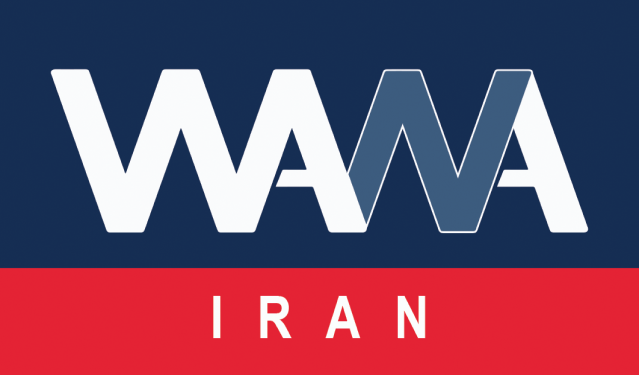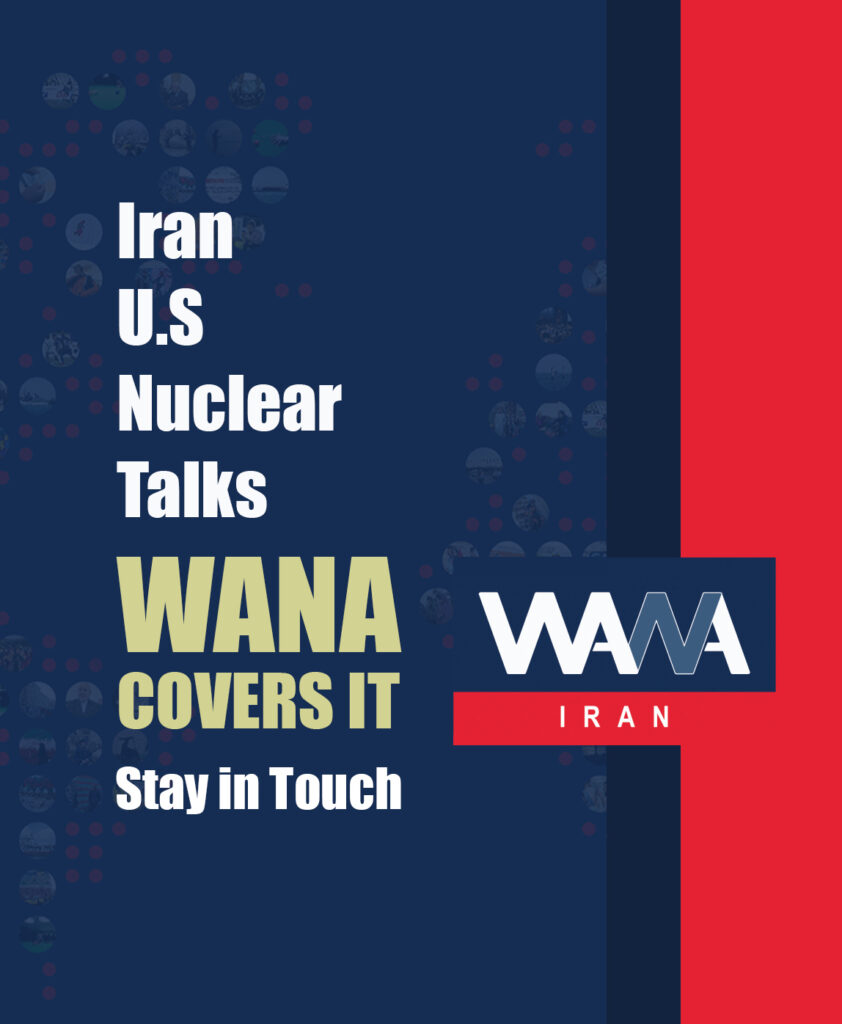“Weak Iran”: Reality or Psychological Warfare?
WANA (Feb 04) – In recent weeks, figures like U.S. Representative Joe Wilson and Armed Services Committee member Michael Waltz have made claims about Iran’s weakening state. Wilson wrote on his X account: “The Islamic Republic is weaker than ever and has few friends. Few expected Assad to fall, yet the same will happen in Iran. The Iranian people will soon overthrow this regime.”
These statements align with a broad media campaign aiming to portray Iran as an isolated, pressured nation on the brink of collapse. But is Iran truly in a position of weakness? Or is this part of a larger psychological operation to shift regional dynamics?
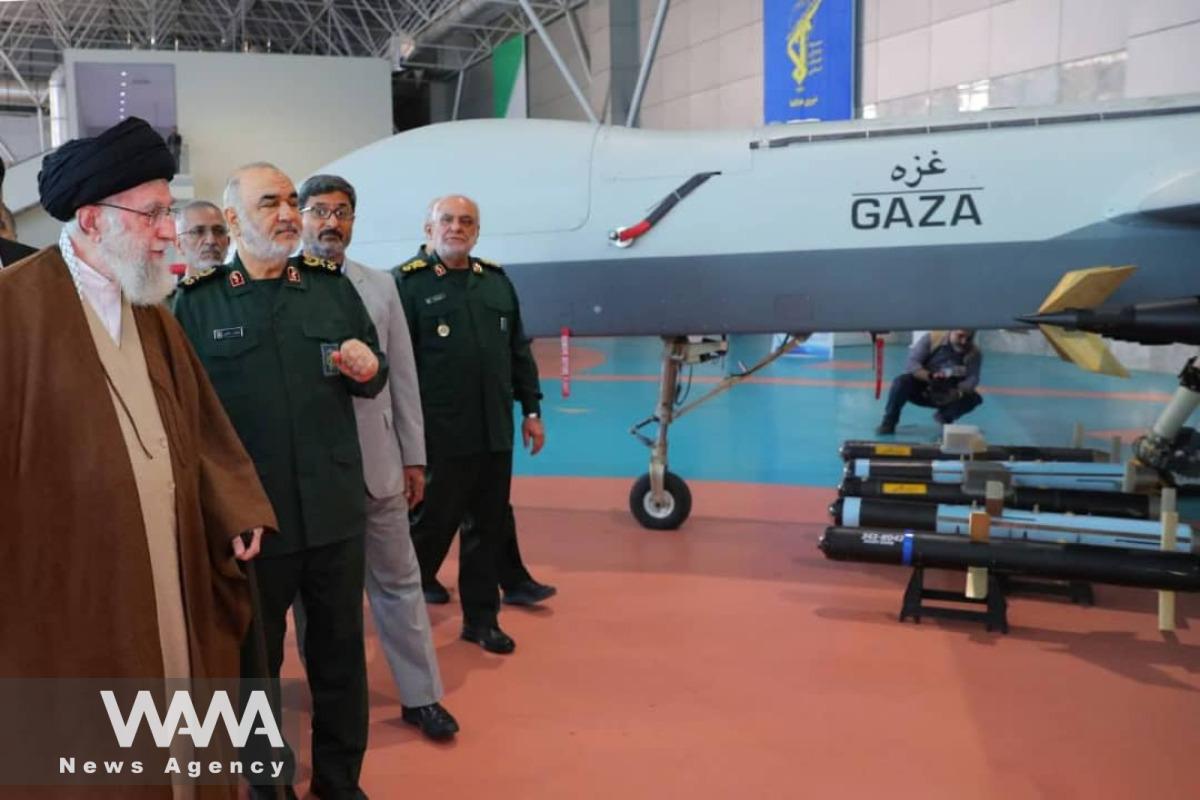
Gaza Drone, A Major Step in Iran’s Military Power / WANA News Agency
“Image Projection”: America’s Old Weapon
The United States has a long history of cognitive warfare—a strategy that plays out not on battlefields but in people’s minds. Their approach is clear:
1. Instill despair and weakness among the target population.
2. Undermine public trust in the government and promote a sense of helplessness against external pressure.
3. Push political elites to accept imposed conditions through negotiations and concessions.

Did Iran’s Leader Approve Negotiations?
WANA (Jan 29) – “Behind (America’s) diplomatic smiles, hostility and resentment are hidden.” This is a statement made by Iran’s Supreme Leader in his latest speech—a direct warning about Western policies that once again highlights Tehran’s distrust of vague promises and non-binding commitments. In recent days, Iran’s foreign policy has witnessed significant developments that […]
This tactic has been repeatedly used against Iran. In 1980, Saddam Hussein, believing Iran’s revolution had weakened its government, launched a war that ended in a devastating defeat for Iraq. Later, as sanctions intensified, Western analysts frequently predicted Iran’s economic collapse. Yet, Iran continued to achieve significant progress in areas such as technology, defense industries, and regional influence.
Now, the same narrative is being recycled—this time with more sophisticated media tools. IRGC Commander-in-Chief Hossein Salami has emphasized: “The enemies are using media warfare to portray Iran as weak, while the reality is quite different.”
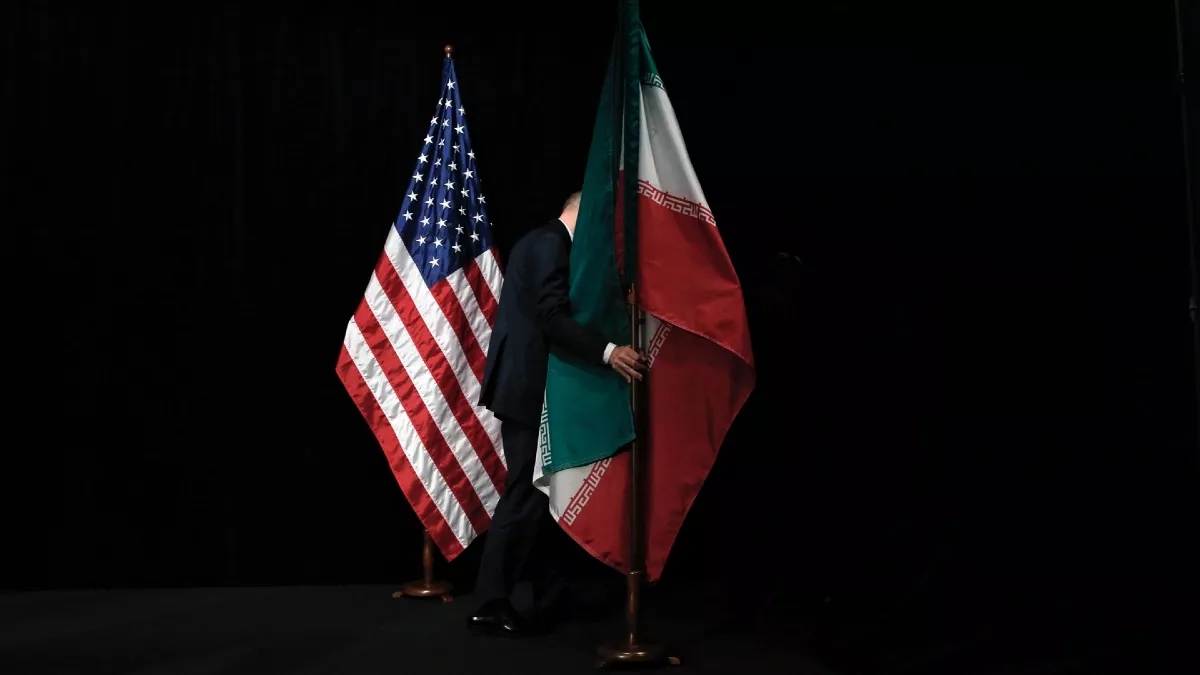
Iran-U.S. Negotiations: A Risky Deal or a Path to Change?
WANA (Jan 31) – Imagine waking up tomorrow to the news that Tehran and Washington have agreed, after years of tension, to engage in comprehensive strategic talks. What would this mean for Iran? Would it mark the beginning of a fundamental transformation, or would it be just another diplomatic maneuver with the same fate as […]
The Three Pillars of Psychological Warfare Against Iran
1. Media Warfare
Western media, in coordination with Persian-language networks, continuously depict Iran as a failing state. Every Iranian achievement is ignored, while every challenge is exaggerated as a sign of imminent collapse.
Mohammad Reza Naqdi, deputy coordinator of the IRGC, stated: “The enemies have launched hundreds of satellite and internet networks to create a fabricated image of Iran.”
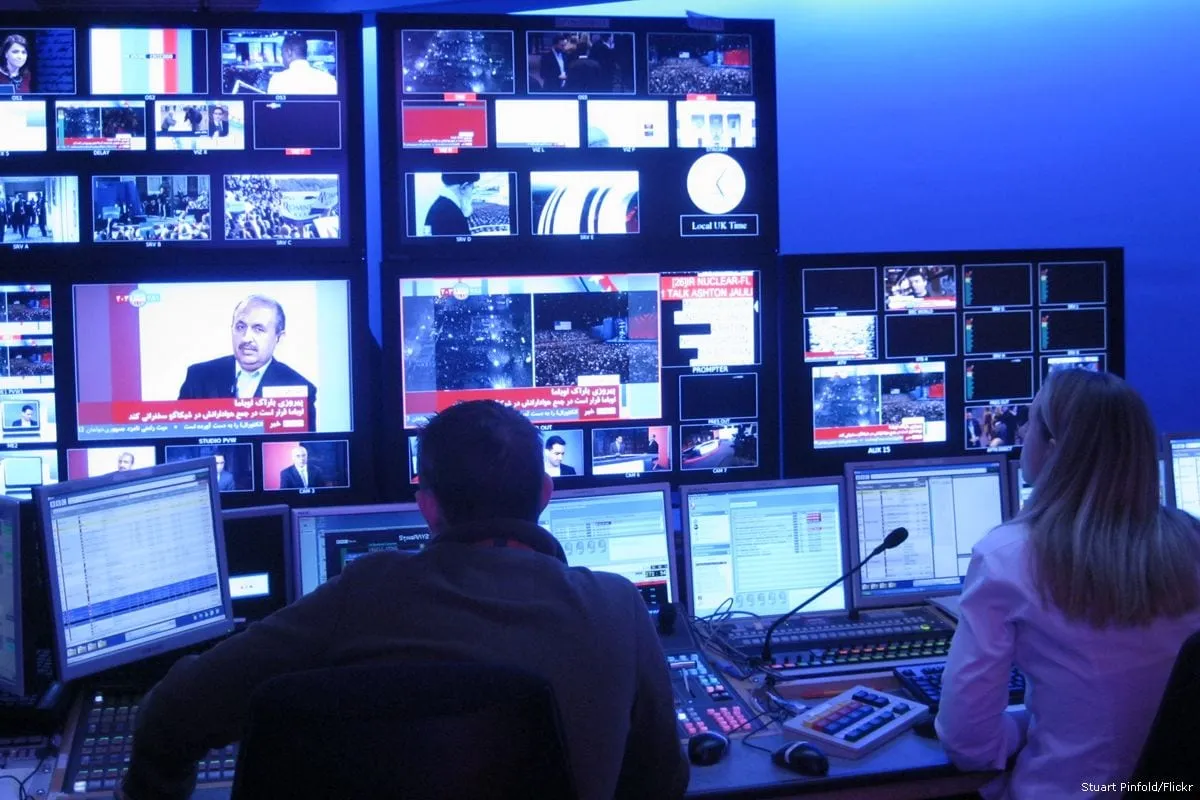
Turkey’s TRT Farsi: Effort to Expand Cultural and Political Influence in Iran
WANA (Dec 21) – In recent years, Turkey has adopted a novel approach to public diplomacy, aiming to expand its cultural and media influence on the international stage. This strategy has not only sought to strengthen the cultural identity of Turks beyond the country’s borders but has also served as an effective tool for […]
2. Economic Pressure
Sanctions, though unsuccessful in crippling Iran’s economy, are designed to fuel domestic dissatisfaction and create a rift between the government and the people. Meanwhile, some domestic reformist politicians, whether knowingly or unknowingly, echo this narrative, portraying negotiations with the U.S. as the only viable option.
3. Public Manipulation
A key tactic of this psychological war is instilling a sense of futility in resistance. This approach has been used in other countries as well. For example, during Ukraine’s 2014 presidential election, before the country underwent major upheavals, Western media pushed the idea that aligning with Washington was the only path forward.
The #IRGC possesses #missiles with high precision and power, capable of delivering heavy strikes on enemy positions.
In the missile attack on “Ain al-Asad” (Operation General Soleimani) and Operations “True Promise 1 & 2,” we demonstrated that we have both the strength and… pic.twitter.com/VHAaqK8W0M
— WANA News Agency (@WANAIran) February 3, 2025
What’s the Reality?
Despite this psychological warfare, Iran remains a key player in regional and global affairs. Contrary to Western media narratives:
Iran is not isolated: Strategic ties with China, Russia, and the Axis of Resistance have strengthened its role in international developments.
Iran’s regional influence has grown: From Lebanon to Yemen, and from Syria to Iraq, Iran’s geopolitical weight is more pronounced than ever.
Military and technological advancements: Unlike many regional nations, Iran has localized a significant portion of its defense capabilities.
The Army’s Joshan System in the #AirDefense Power Exercise
In the second phase of Iran’s Army’s 2025 Air Defense Power Exercise, the Joshan medium-altitude missile system successfully hit its target.#Iran #Army pic.twitter.com/xOXOeOfa6i
— WANA News Agency (@WANAIran) February 4, 2025
In a recent speech, Iran’s Supreme Leader directly addressed this psychological war:
“That delusional dreamer claims Iran has weakened! The future will reveal who has truly weakened. Saddam thought the same, Reagan made the same mistake—who remained in the end?”
Mohammad Javad Zarif, Deputy Strategic Affairs Advisor to the President, also commented:
“The false image of Iran is part of the U.S. maximum pressure strategy, which does not align with real-world facts.”

Iran’s Strength Unshaken: Future Will Prove Who Was Truly Weak
WANA (Jan 22) – Today, Ayatollah Khamenei, Iran’s Supreme Leader, met with hundreds of entrepreneurs, investors, and economic activists and stated: “The delusional individual claiming Iran has weakened will see in the future who has truly weakened.” During the meeting, he emphasized the importance of participation in international forums such as BRICS and highlighted […]
The “Weak Iran” project, despite being aggressively pushed, is built on artificial narratives—just like many previous cognitive warfare campaigns. Ultimately, Iran’s future will not be shaped by media portrayals but by real-world dynamics and domestic decisions.
The U.S., with all its media and economic tools, can exert pressure—but the outcome of this pressure depends on Iran’s internal response. History has shown that every time Iran has faced external pressure, it has not retreated—it has emerged stronger.
Details of #Iran ’s #missile range according to the Deputy Coordinator of the #IRGC:
“Whenever we decide, we can cover any point in the world with our missile range.” pic.twitter.com/npO6j1PBg6— WANA News Agency (@WANAIran) February 2, 2025
